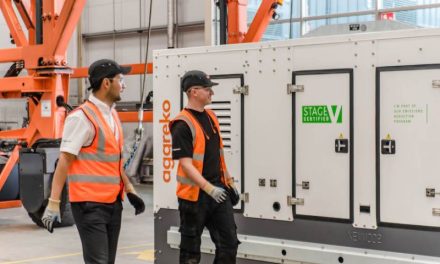German giant energy producer E.ON has announced that it is to undergo a major restructuring of its business strategy in a bid to put it at the forefront of the future of energy production, and to shore up its fortunes. Of particular focus for the utility group will be the development of ‘green’ energy, with the emphasis shifting towards renewables, distribution networks and customer solutions.
E.ON sees a real future in wind and solar energy (which is currently far more accepted and utilised in Germany than in almost any other European country), and wants to focus on exploring sustainable and commercially viable options for the future of cleaner energy production.
A challenging time for the Big Six
And where E.ON leads, the others members of the ‘Big Six’ will probably follow, with many within the industry believing that this decision by Germany’s largest utility firm could mark a turning point in how seriously energy suppliers regard the renewables market.
Earlier this year Centrica announced a major shift in its generation portfolio strategy. Centrica intends to sell all of its larger CCGT assets and re-focus on smaller peaking plant. Centrica has justified the move based on the declining benefit of CCGTs as a hedge in its vertically integrated portfolio. Like many other utilities, Centrica is also pessimistic about the future recovery of gas plant margins. So the announcement of a downsizing of its exposure to gas plant is not a major surprise.
The recently released report by Friends Of The Earth, ‘The Big Six On The Run: How renewables are disrupting big energy firms everywhere’, is a case in point. In it the environmental campaign group summarises that energy firms are being challenged by a slump in profit margins and an erosion of the traditional utility model that has been adopted by most western countries over the past 20 years. Put simply, they believe that the model – like the energy production methods of old – is no longer sustainable.
A positive step
However, this could actually be a very positive thing, as it forces all suppliers to revisit their previous business models, and adapt them for a greener future. The sheer number of competitors that the Big Six are now facing could also have a major effect on how they do business. Smaller suppliers may be marginally more expensive than the Big Six, but they appear to be popular and have a cleaner (and greener) reputation amongst a somewhat fickle public that are willing to switch suppliers on a whim.
The second reason that the Big Six are now starting to take renewables seriously is that unlike conventional, fossil fuel-based energy production, the ongoing costs are greatly reduced. While costs initially can be high for wind and solar power, once installed that’s pretty much it as far as expenditure goes. So far from just ‘going green’ to boost their reputation with consumers, the Big Six also see it as a cost-effective and profitable business model for the future.
Renewables – a key role in the future of energy production
“E.ON may be the first big name to jump, but we predict that more of the vertically integrated electricity generators and retail electricity suppliers are going to be forced to revisit their own business models in the very near future, and make substantial changes to them. This should be good for consumers, good for business and good for the planet. But in the long run it could also be good for suppliers, and in conjunction with the government’s energy market reform programme, even act as a wedge to prize the market open for a new batch of smaller competitors to come in as well. This will, without doubt, create a healthier industry overall,” commented Graham Paul, service delivery director of EDW Technology.



